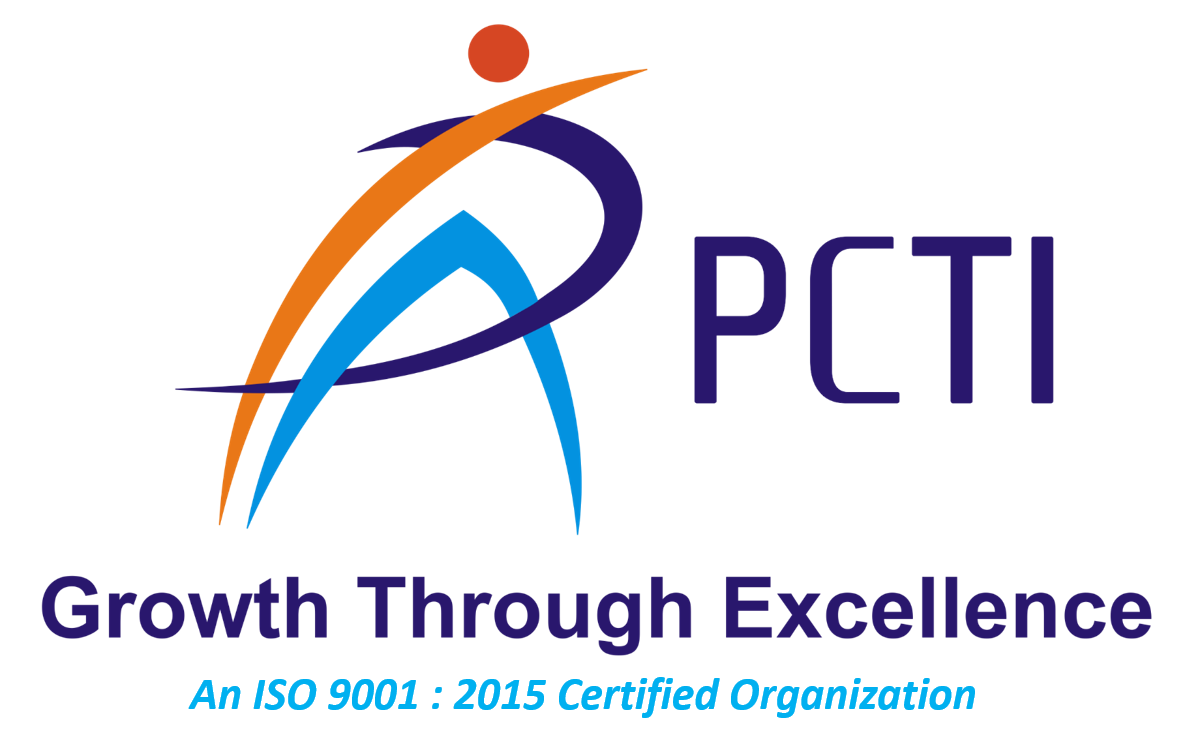4. Faster Development Cycles: By automating testing and integration, CI speeds up the development process. Developers spend less time on manual testing and more time on actual development.
Understanding Continuous Deployment
Continuous Deployment is the practice of automatically deploying every change that passes the automated tests to a production environment. This ensures that the latest version of the software is always available to users
Benefits of Continuous Deployment 1. Faster Time to Market: CD allows new features and updates to be delivered to users quickly. This rapid release cycle means businesses can respond to market changes and user feedback promptly.
2. Increased Reliability: By automating the deployment process, CD reduces the risk of human error. Automated deployment scripts ensure that every release is performed consistently and accurately.
3. Enhanced User Experience: With CD, updates and new features are delivered incrementally and frequently. This continuous improvement leads to a better user experience, as users receive new features and bug fixes more regularly.
4. Scalability: CD systems are designed to handle the deployment of updates at scale. Whether it's a small startup or a large enterprise, CD practices ensure that software can be deployed smoothly and efficiently.
CI/CD: The Combined Power
When CI and CD are combined, they create a powerful pipeline that automates the entire software development lifecycle, from code integration to deployment. This pipeline is often referred to as a CI/CD pipeline.
Benefits of CI/CD Pipelines
1. Automation: CI/CD pipelines automate repetitive tasks such as testing, integration, and deployment. This not only saves time but also ensures consistency and accuracy in the development process.
2. Continuous Feedback: CI/CD pipelines provide continuous feedback to developers, allowing them to identify and address issues promptly. This leads to higher code quality and a more stable software product.
3. Reduced Risk: By deploying small, incremental updates, CI/CD pipelines reduce the risk associated with large, infrequent releases. Issues are easier to identify and fix when changes are smaller and more manageable.
4. Increased Efficiency: Automation and continuous feedback enable development teams to work more efficiently. Developers can focus on writing code and implementing new features, rather than spending time on manual testing and deployment.
Implementing CI/CD in Your Development Process
Implementing CI/CD requires a combination of tools, practices, and cultural shifts within the development team. Here are some steps to get started:
1. Adopt Version Control: Ensure that all code is stored in a version control system like Git. This is essential for tracking changes and integrating code seamlessly.
2. Automate Testing: Set up automated tests that run every time code is committed. This ensures that new changes do not break existing functionality.
3. Set Up a CI Server: Use a CI server like Jenkins, CircleCI, or Travis CI to automate the integration process. The CI server will build and test the code automatically with each new commit.
4. Automate Deployment:Use tools like Docker, Kubernetes, or Ansible to automate the deployment process. This ensures that the code is deployed consistently across different environments.
5. Monitor and Iterate: Continuously monitor the CI/CD pipeline and gather feedback. Use this feedback to make improvements and optimize the pipeline.
Conclusion
Continuous Integration and Continuous Deployment have revolutionized software development by automating the integration, testing, and deployment processes. By implementing CI/CD practices, development teams can deliver high-quality software more efficiently and respond to changes quickly. Embracing CI/CD not only improves the development workflow but also enhances collaboration, reduces risk, and ultimately leads to a better user experience. As the software industry continues to evolve, CI/CD will remain a cornerstone of modern development practices.

